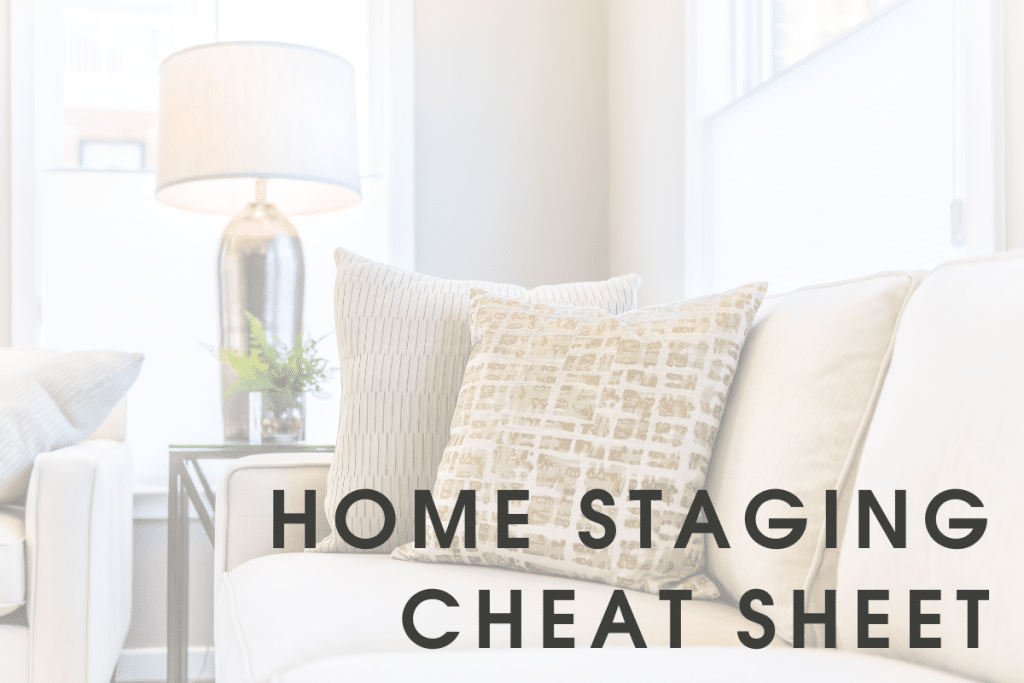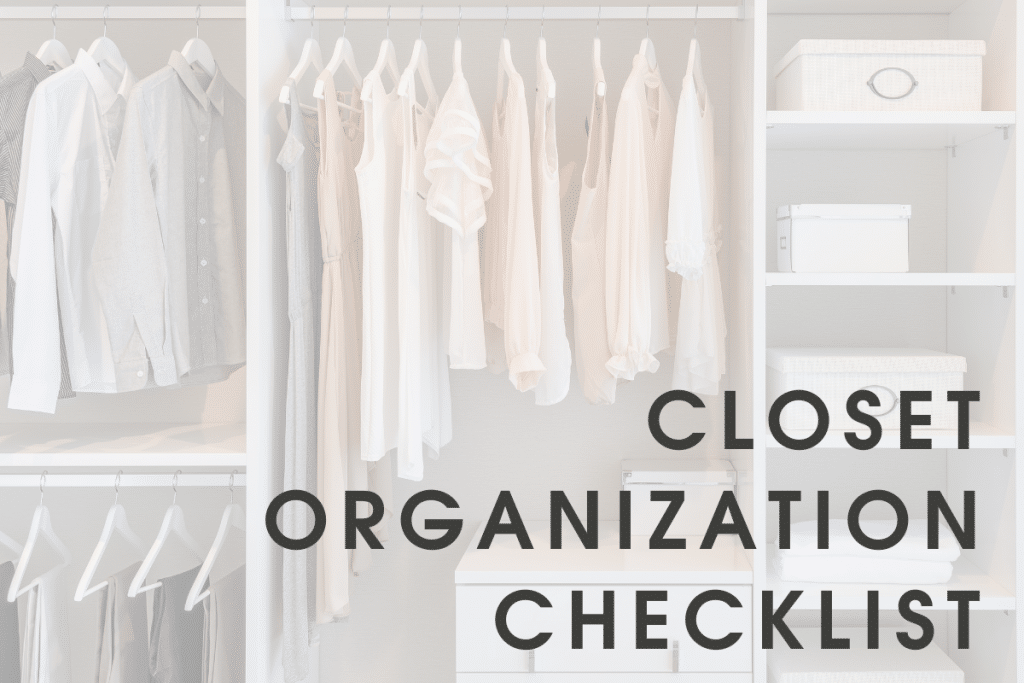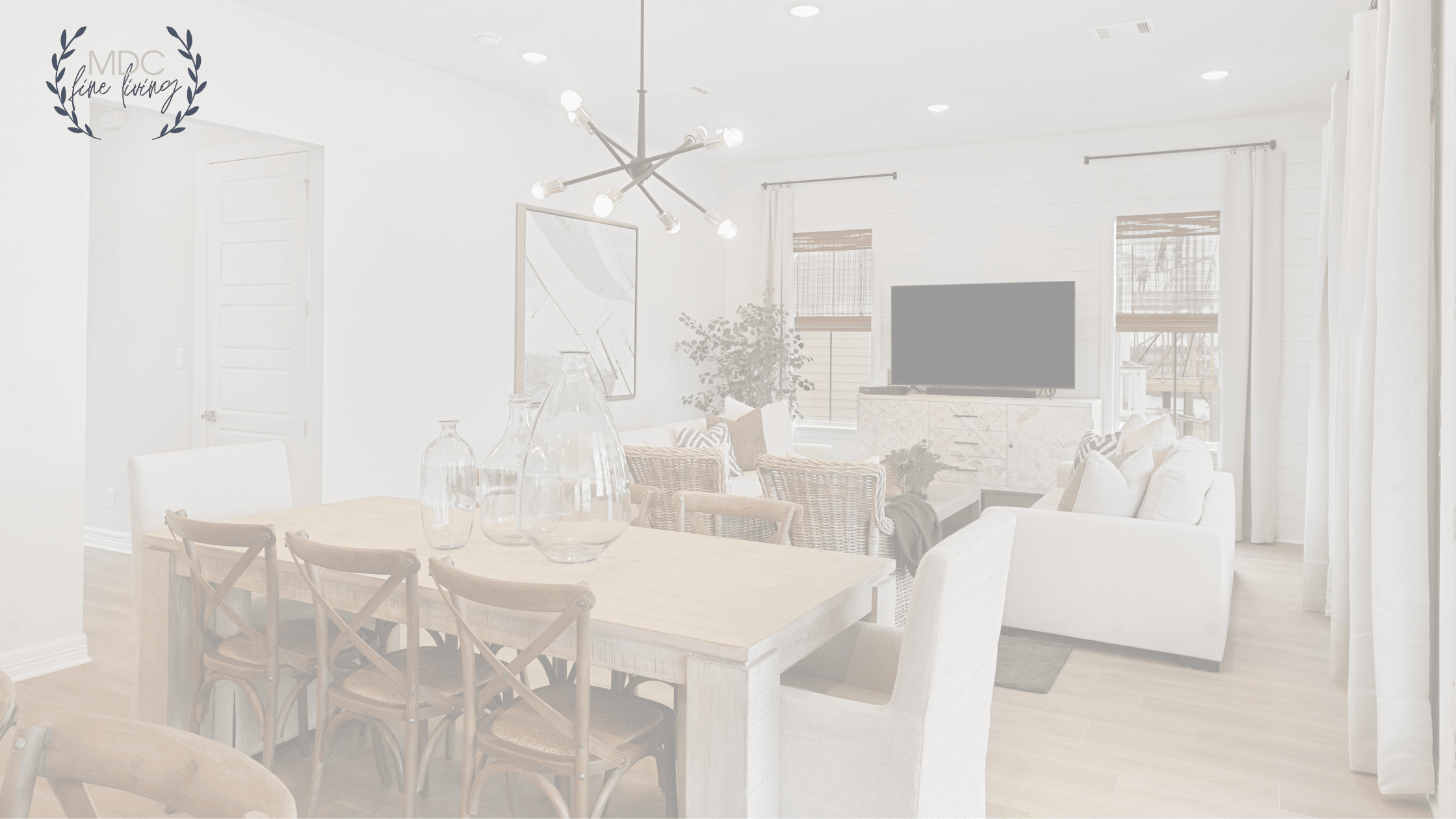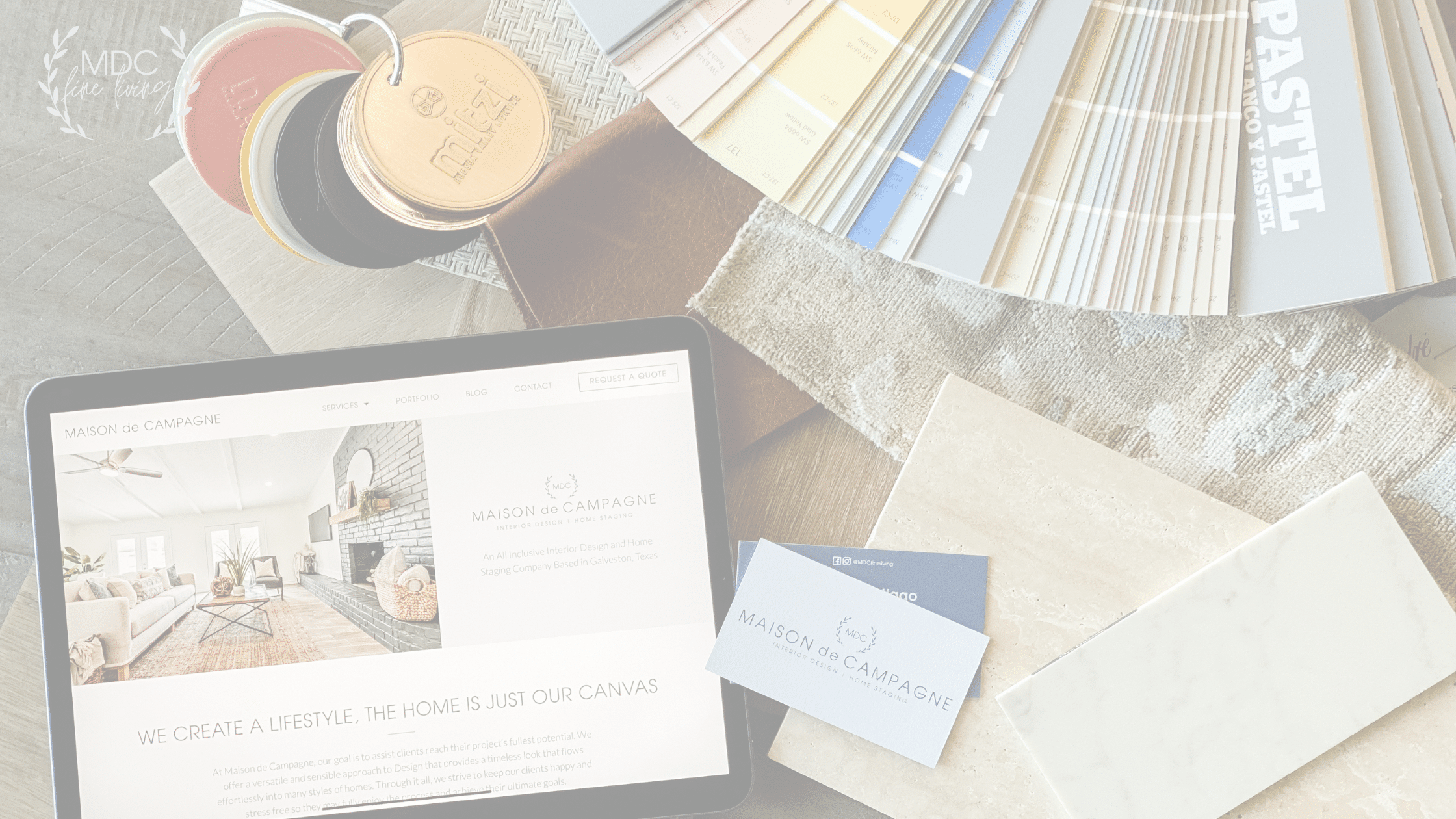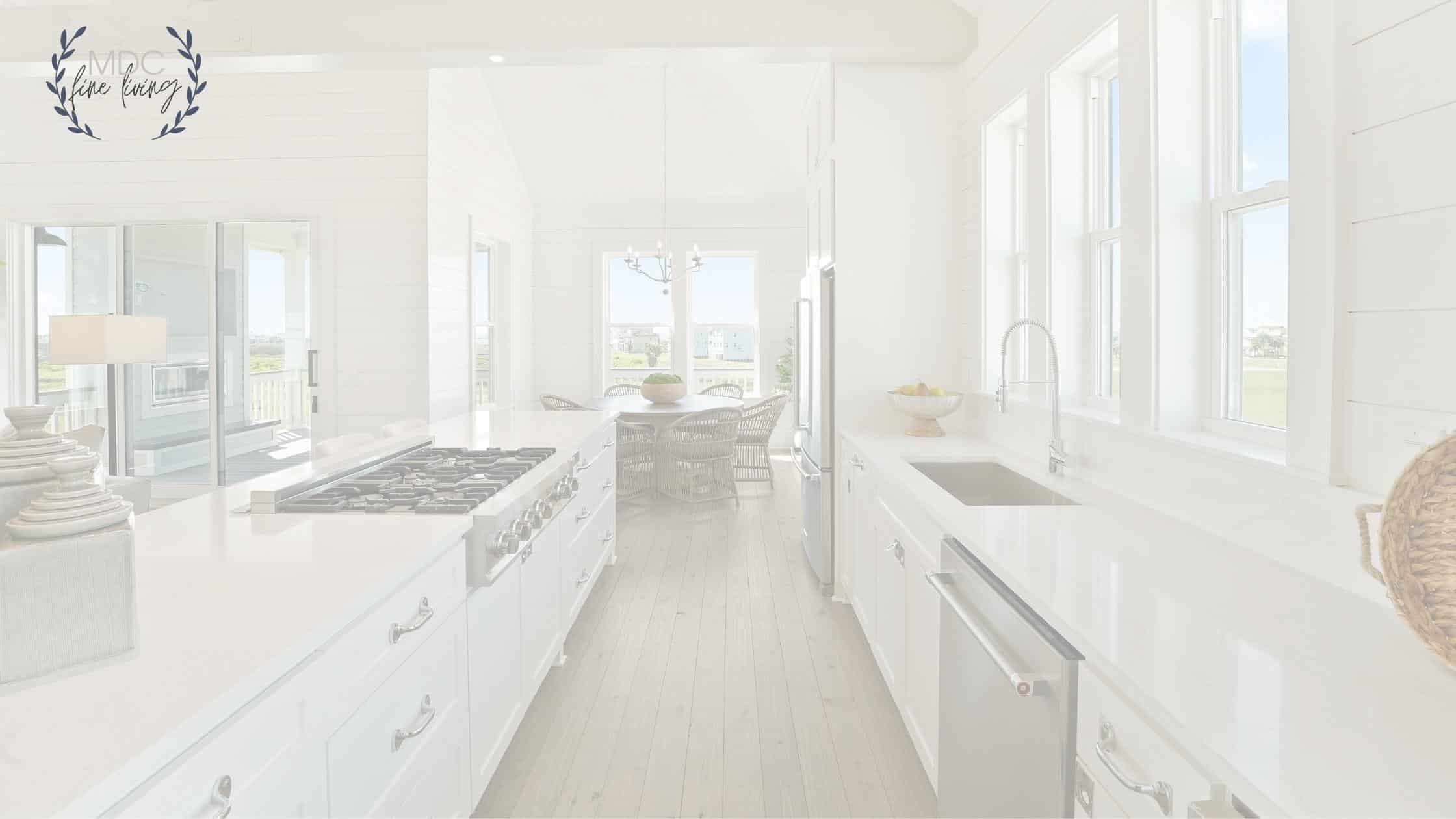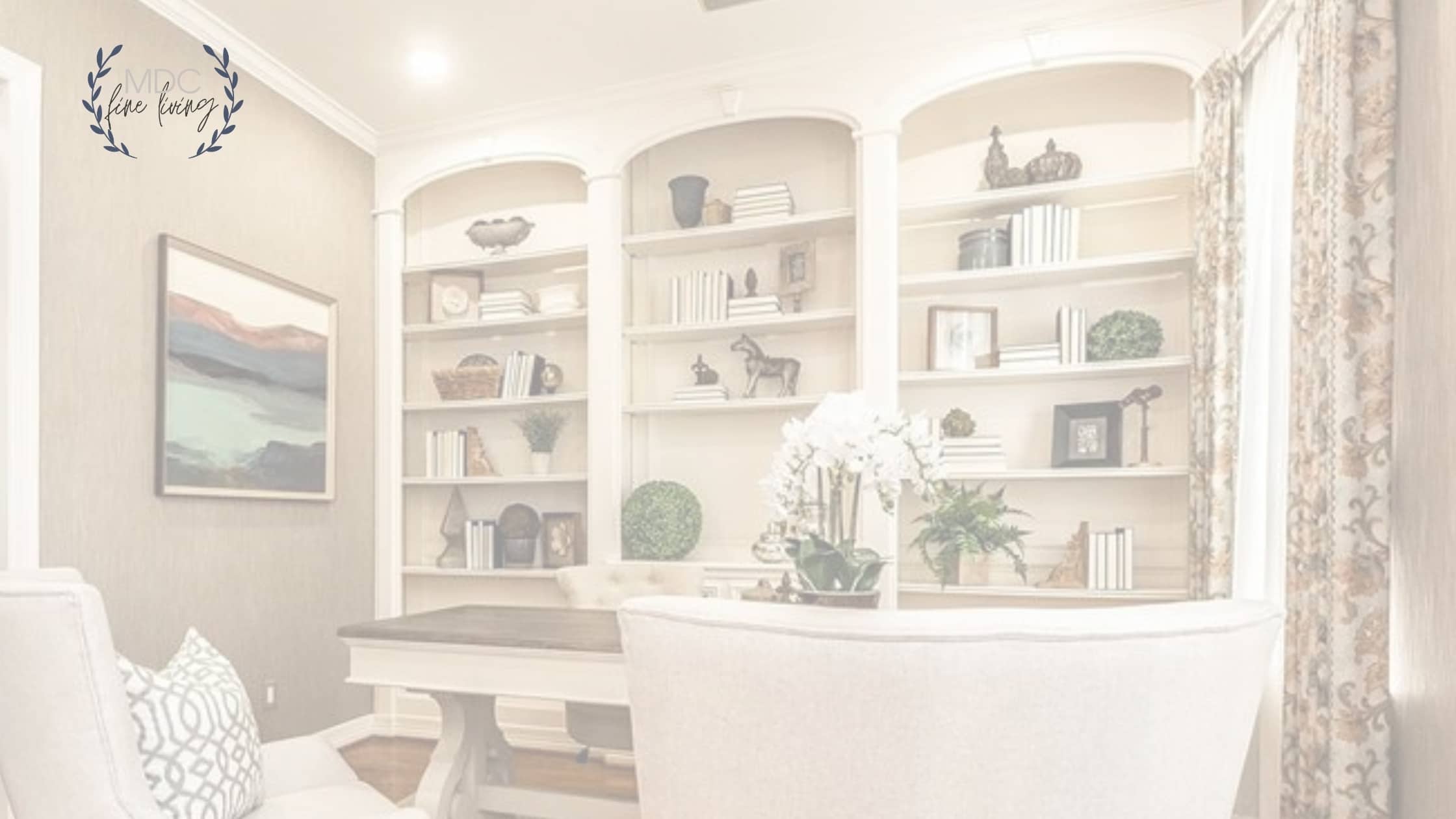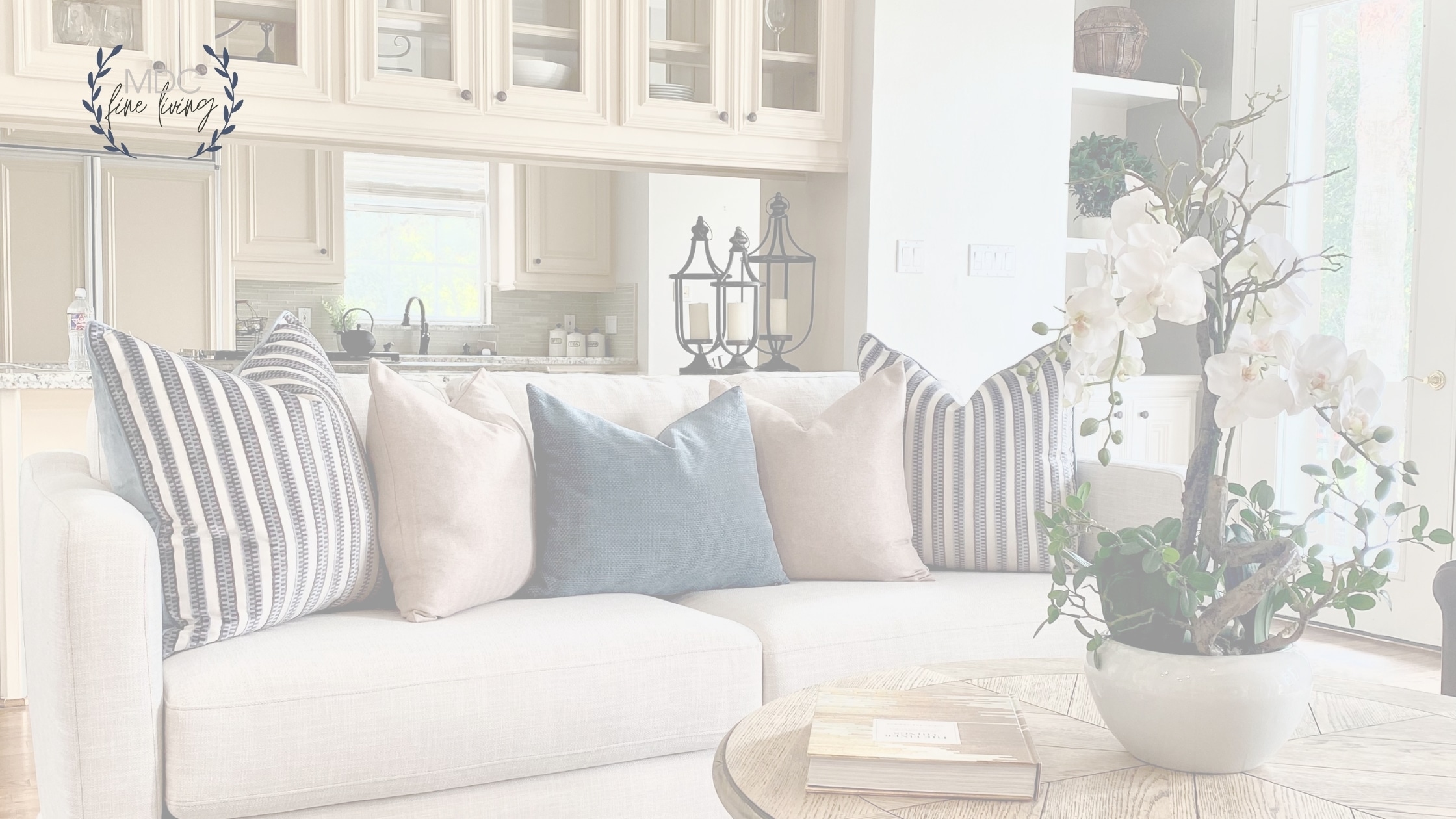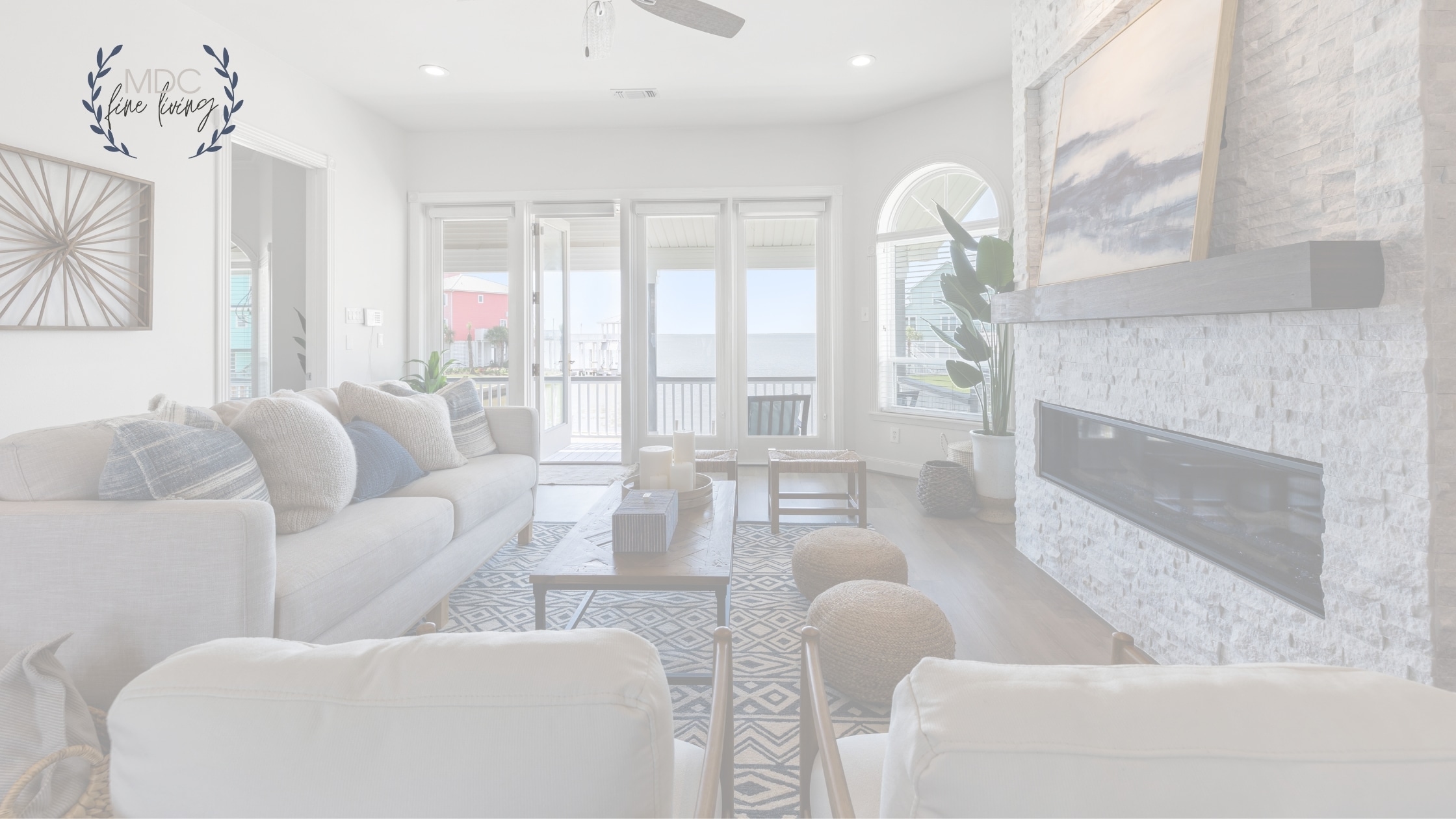When you’re choosing fabric for furnishings, it’s important to think about more than just what looks good. Fabric selection is a strategic process that takes into account aesthetics, functionality, and longevity. One thing to remember is that all fabrics are not created equally and there are some fabrics better suited for furnishings than others. In this post, we will discuss the different types of fabric and what makes them a good or bad choice for upholstery.
Three main types of fabrics are typically used for upholstery: natural fibers, synthetic fibers, and blends. Natural fibers include cotton, linen, wool, silk, and jute. Synthetic fibers include polyester, nylon, and acrylic. Blends are a mix of natural and synthetic fibers.
Each type of fabric has its benefits and drawbacks. Natural fibers tend to be less durable, prone to wrinkling and staining, and can also be more expensive than synthetic fabrics. Synthetic fabrics are less expensive than natural fibers, with the added benefit of being stain and wrinkle-resistant. Blends are a good compromise between the two, offering durability and stain resistance at a lower price point (in some cases). Performance fabrics offer a great blend of natural and synthetic fibers for better stain resistance, UV protection and durability.
Here are a few tips to help you choose the best fabric for your needs:
Function First
First, think about what the piece will be used for. Is it a sofa that will get a lot of use? A chair that will be in a high-traffic area? Or is it a decorative pillow that won’t see much wear and tear? Fabric that will see a lot of use should be durable and easy to clean, while fabric for less-used pieces can be less durable and more delicate.
1. Stain Resistance
If you have kids or pets, or if you entertain often, stain resistance is an important factor to consider. Natural fibers like cotton and linen are NOT good at resisting stains, while synthetic fabrics are. If you’re looking for a fabric that is resistant to spills and dirt, opt for a synthetic fiber or blend (think performance fabrics such as sunbrella).
2. Light-filtering Properties
If you’re looking for a fabric that will let in light, natural fibers are the best option. They allow sunlight to come through while still providing some privacy. However, UV rays can break down natural fibers over time.
3. Warmth/Coolness
Another thing to consider is how warm or cool the fabric will be. Natural fibers like cotton and wool are warm, while synthetic fibers like polyester and acrylic are cool. If you live in a cold climate, you may want to choose a fabric with some insulation properties, such as wool or fleece.
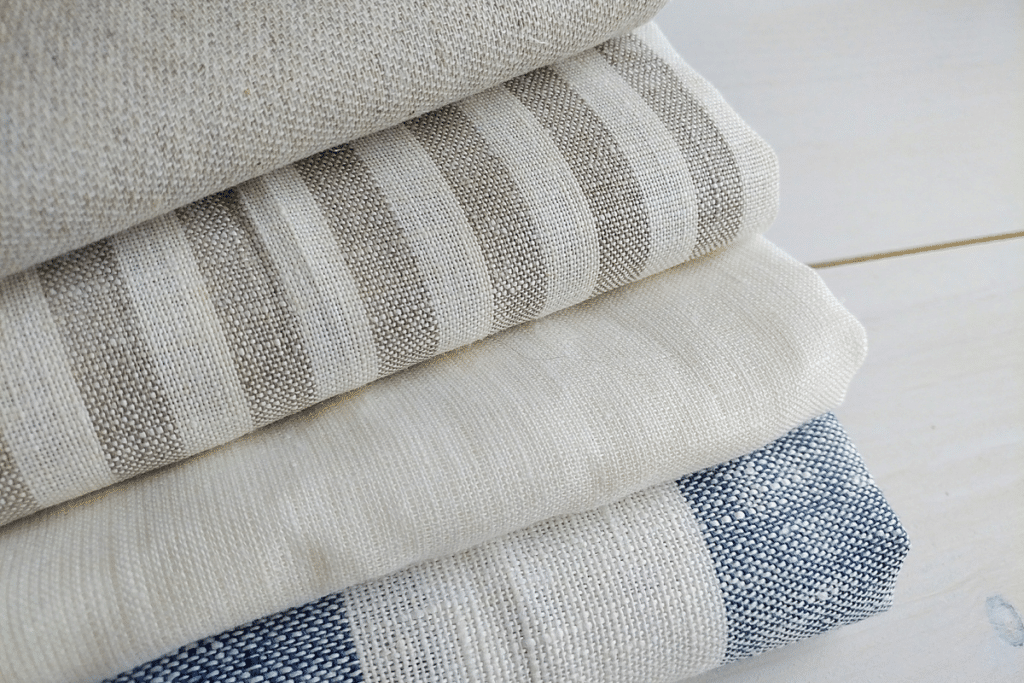
Look and Feel
Next, think about what the fabric will look like and how it will feel. If you’re looking for a natural fiber that has a rustic or traditional look, cotton or linen might be a good choice. If you want a more modern look, synthetic fabrics might be a better option. Fabrics also vary in terms of how they feel to the touch. Some fabrics are soft and cozy, while others are more stiff and formal.
The rub count is another important factor to consider. This measures how many times the fabric can be rubbed before it starts to wear out. Fabric with a high rub count is better suited for upholstery, while fabric with a low rub count is better for draperies or other light-use items. Rub count is determined by the type of fiber and how it is constructed. Examples of fabrics with a high rub count are cotton, wool, and silk.
Color and Pattern
Consider the color and pattern of the fabric. A busy print may be too overwhelming in a large space, while a solid color may not add much visual interest. If you’re looking for a fabric with a lot of personality, opt for patterned fabric. If you want a more subtle look, choose a solid color.
Take into account your home’s overall style and aesthetic when choosing a fabric. If you have a modern home, you may want to choose a more contemporary fabric. If you have a traditional home, you may want to choose a more classic fabric.
Price
Finally, think about your budget. Synthetic fabrics are typically less expensive than natural fibers. However, some synthetic fabrics can be quite pricey, especially those with high-end designer brands, or specialty made such as performance fabrics (blend).
Remember, just because a fabric is priced lower it doesn’t mean that it’s of less quality. There are many high-quality synthetic fabrics available.
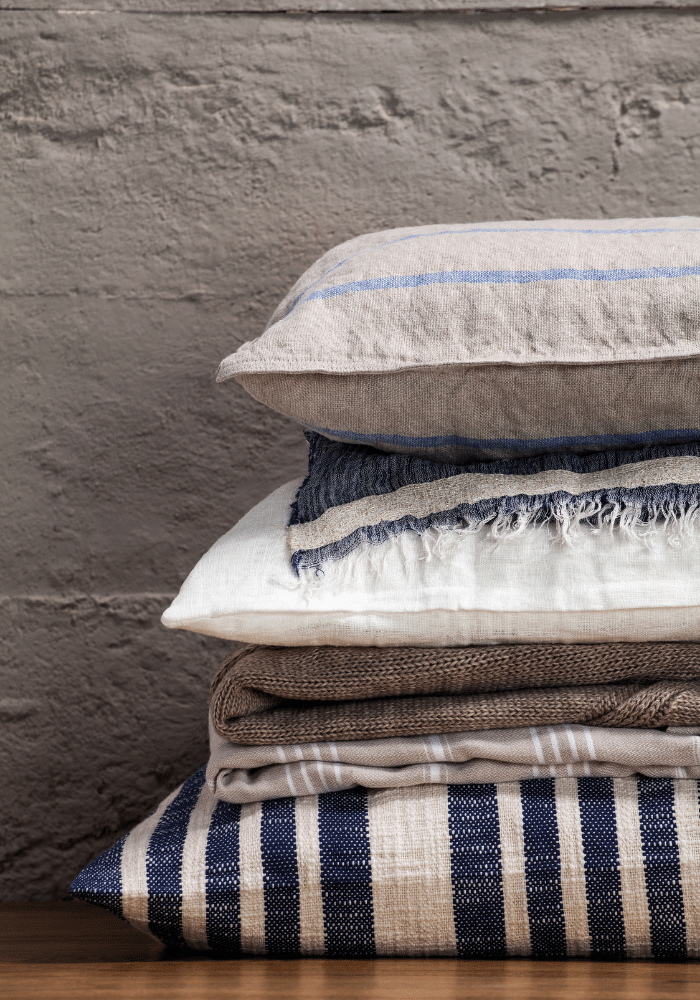
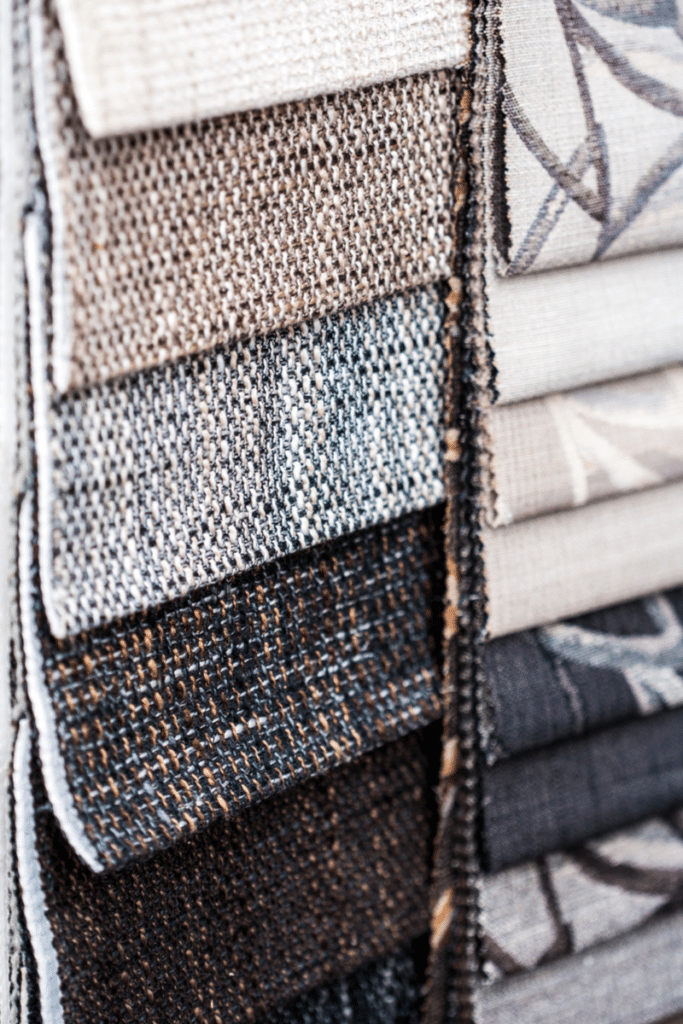
In summary, when it comes to choosing fabrics, there are many factors to consider. Function, durability, and price are all important factors to keep in mind. With so many options available, it can be overwhelming to choose the right fabric for your needs. But with a little bit of research and some careful consideration, you can find the perfect fabric for your home
Now that you know the basics of choosing fabric, it’s time to get started on your project! What are your favorite fabrics when it comes to furnishings?
Until next time,


